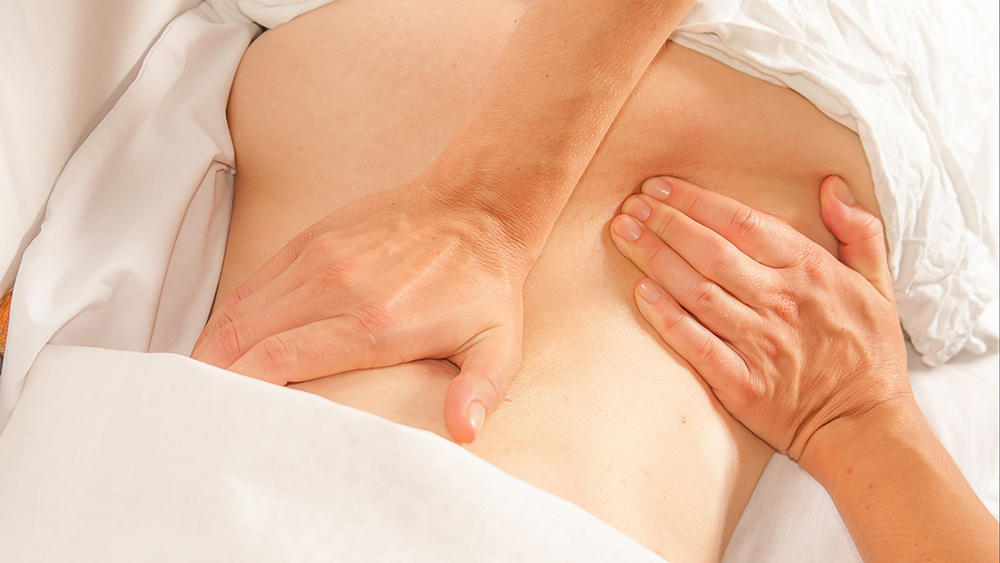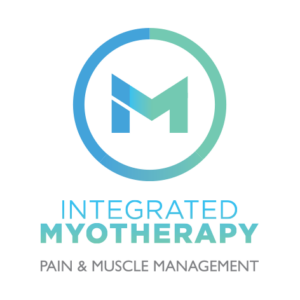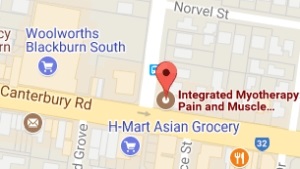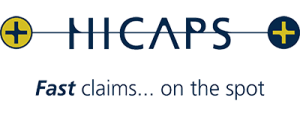Myotherapy – A form of physical therapy that focuses on the assessment, treatment and rehabilitation of musculoskeletal pain and pathologies. Some of the techniques that our highly trained Myotherapist may utilised are listed below.
Deep Tissue / Remedial massage
Deep tissue and remedial massage uses firm pressure and slow strokes to target those deeper layers of muscle and fascia. Deep Tissue massage is often used to warm up and relax muscles before dry needling or cupping treatments.
Remedial massage can treat chronic aches and pain associated with lower back pain, sore shoulders and stiff necks. This treatment is also effective for active people who play a lot of sport and experience muscle tension.
Trigger Point Therapy
Trigger Points are likened to muscle knots, and are a common source of pain. They hurt when pressed and are caused by the shortening of muscle fibres. Trigger points can also lead to “referred pain”, meaning a trigger point within the muscle can create pain in another area.
For example, if a trigger point is found in your shoulder muscle, this can give a referred pain up the side of your neck and head that can in turn induce a headache.
Trigger Point Therapy utilise a variety of techniques to deactivate these painful trigger points. These techniques include, repetitive muscle stripping (cross fibre friction), skin rolling and ischemic compression.
Myofascial Dry Needling
Myofascial Dry Needling is a hands-on technique which is applied with sterile filiform needles (acupuncture needles) to eliminate trigger points. Myofascial dry needling relaxes the contracted muscles and is considered the most effective way to deactivate trigger points.
Myotherapy takes a vastly different approach to dry needling than acupuncture. While acupuncture uses acupuncture points, myofascial dry needling specifically targets trigger points to alleviate tension in contracted muscles.
Myofascial Release
Myofascial Release is a slow and subtle technique that is utilised to release muscle and fascia tightness throughout the whole body. This myotherapy treatment is used to restore restrictive tissue, increase range of motion and eliminate pain.
Myofascial Release is effective for pain in an area containing soft tissue. This is commonly experienced by people who have lost flexibility or function after an injury. Tightness within these tissues can restrict motion and put the body out of alignment.
Functional Cupping
By utilising suction cups and functional movement, this technique is designed to increase blood flow and deactivate myofascial trigger points
Furthermore, functional cupping stretches out restricted fascia and muscles to improve your range of motion.
Muscle Energy Techniques (MET)
MET is a manual technique that is directed at improving musculoskeletal function, joint mobility and flexibility. This procedure involves the contraction of a specific muscle in a controlled direction at various levels of intensity against a resistance produced by the myotherapist.
Muscle Energy Techniques is often utilised to treat clients who have issues with pre-existing flexibility or limited range of motion.
MET also plays a vital role for athletes as a preventative measure against injuries. With MET, athletes are better able to deal with unexpected movement or pressure, and therefore reducing the risk of sport injury.
At Integrated Myotherapy, we can work with athletes to incorporate a MET program into pre-game or pre-workout warm ups to ensure a full range of joint motion.
Joint Mobilisation
Joint Mobilisation restores movement within the joints so that they can perform at their optimum. This myotherapy treatment is commonly used in cases where pain and joint tightness limits motion.
Joint mobilisation is used by applying a back and forth oscillation in order to increase range of motion and reduce pain.
One example is spinal mobilisations to relieve back pain by taking pressure off sensitive nerves or tissue, increase range of motion, restoring blood flow and reducing muscle tension.





